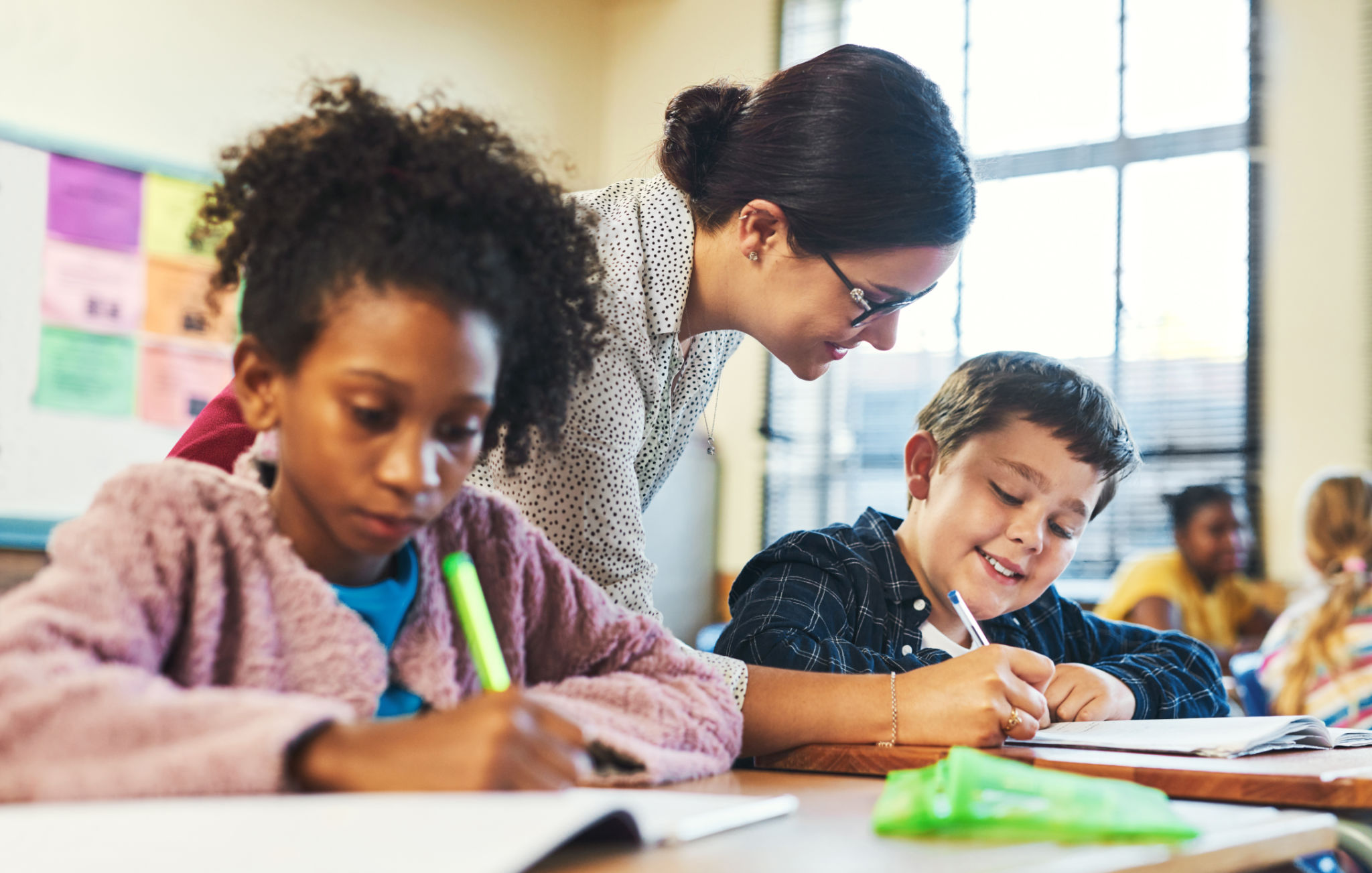Case Study: Successful Strategies for Addressing Learning Challenges in Schools
Understanding Learning Challenges in Schools
Education is a dynamic field that faces numerous challenges, especially when it comes to addressing diverse learning needs in schools. Each student is unique, and their learning styles, abilities, and challenges vary significantly. Educators and administrators are constantly seeking effective strategies to address these challenges and ensure that every student has the opportunity to succeed.

Identifying Learning Challenges
The first step in addressing learning challenges is identifying them. This involves understanding the various types of learning difficulties students may face, such as dyslexia, ADHD, and other cognitive or emotional barriers. Early identification through assessments and observations can significantly enhance the ability to support students appropriately.
Schools can implement screening tools and training for teachers to recognize signs of learning difficulties. This proactive approach allows for timely interventions, tailored to meet the specific needs of each student.
Implementing Individualized Education Plans (IEPs)
Once learning challenges are identified, creating an Individualized Education Plan (IEP) is a critical strategy. An IEP outlines personalized goals and the specific support a student requires. Collaboration between teachers, specialists, and parents is essential to develop and execute an effective IEP.
These plans not only focus on academic goals but also consider the student's social and emotional development. Regular reviews and adjustments to the IEP ensure that it remains relevant as the student progresses.

Utilizing Technology in Education
Technology has become an invaluable tool in addressing learning challenges. From assistive technology like speech-to-text software to educational apps that adapt to individual learning paces, technology offers customized learning experiences that can greatly benefit students with learning difficulties.
Incorporating technology into the classroom also allows for a more engaging and interactive learning environment. This can be particularly beneficial for students who struggle with traditional teaching methods. Schools that embrace technology can provide inclusive education that caters to diverse learning needs.
Fostering an Inclusive Classroom Environment
An inclusive classroom environment is crucial for addressing learning challenges. Creating a supportive and understanding space where all students feel valued and included can enhance their learning experience. Teachers play a pivotal role in fostering inclusivity by using differentiated instruction methods and promoting a culture of empathy and respect.

Peer support systems can also be effective, allowing students to learn from and support each other. Group activities and collaborative projects enable students with different strengths to work together and contribute uniquely.
Professional Development for Educators
Ongoing professional development for educators is essential in equipping them with the skills and knowledge needed to address learning challenges effectively. Training sessions on the latest educational research, teaching strategies, and technological tools can empower teachers to better support their students.
Schools that invest in continuous professional development create a culture of lifelong learning among their staff, ensuring that educators are well-prepared to meet the evolving needs of their students.

By implementing these successful strategies, schools can create an environment where all students have the opportunity to thrive, regardless of their individual challenges. The commitment to understanding, supporting, and empowering every learner is key to fostering a more inclusive and effective educational system.